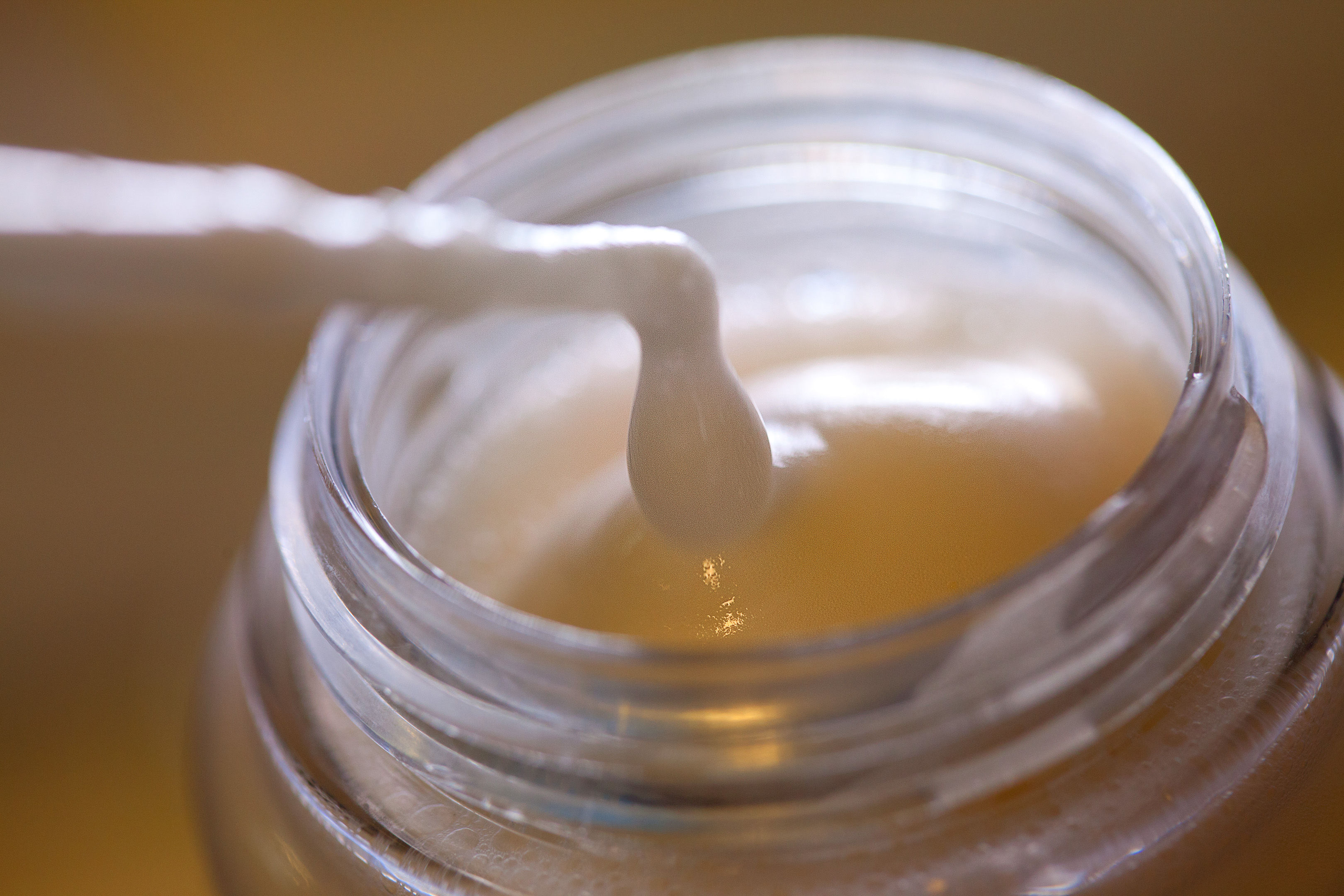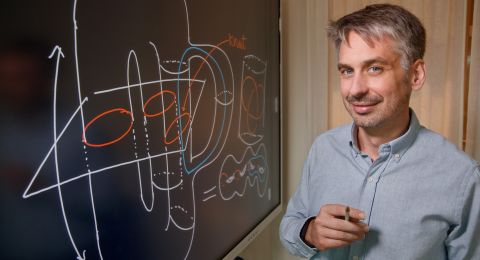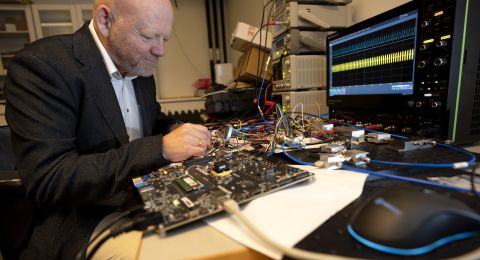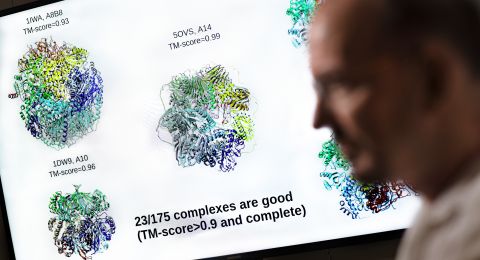
Projektanslag 2014
Structural dynamics and allosteric regulation of mammalian channels and transporters
Principal investigator:
Dr. David Drew, researcher at the Department of Biochemistry and Biophysics
Co-investigators:
Erik Lindahl
Arne Elofsson
Jan-Willem de Gier
Institution:
Stockholm University
Grant in SEK:
SEK 28.9 million over five years
“The aim is to gain a detailed understanding of how the fine-tuning of human allosteric proteins as transporters and ionic channels works. We want to understand how these processes are regulated by various external factors, how regulation has evolved, and how we can use this knowledge to develop new drugs,” explains David Drew, of Stockholm University.
If humans and all other living organisms are to function and remain healthy, the ion and liquid balance inside our cells must be maintained at exactly the right level. The exchange of chemicals between a cell and its surroundings is carried out by ionic channels and transporters, i.e. allosteric proteins, which transport ions and other molecules across the cell membrane.
“Ionic channels allow ions in and out of the cell. Transporters carry ions through the cell membrane to a concentration gradient, thereby creating higher or lower concentrations of ions inside the cell than are present outside it.”
These allosteric proteins are particularly important in neurons (nerve cells). Several diseases are linked to transporters and ionic channels, and many medicines and other drugs, such as alcohol, have a direct impact on them. Allosteric proteins play a major part in the pharmaceutical industry, since many of them are potential targets for drugs and anesthetics of various kinds.
Huge differences in dynamics and regulation
To date researchers in the project have mostly concentrated on allosteric proteins in bacteria. As their focus now shifts to human allosteric proteins, the great challenge they face is that the systems are much more complex. Although the structure of allosteric proteins is essentially the same in bacteria and mammals, the differences in dynamics and regulation are enormous.

Ionic channels and transporters can be likened to a portcullis. In bacteria, they work in roughly the same way as a traditional portcullis: they can be opened or closed simply by pulling a chain or turning a key. In mammals, however, these allosteric proteins resemble hyper-modern adaptive portcullises, regulated in myriad ways.
“They are made up of different units that can be combined in numerous ways – units that are constantly regulated and adjusted, depending on external conditions. A single rope or key is not enough to open and close them in different directions and at different rates; many ropes, keys, codes and passwords are needed.”
Combination of methods
To determine the three-dimensional structure of human allosteric proteins and better understand how fine-tuning of allosteric proteins works, David and his team will be combining traditional structural biology with modern bioinformatics and simulation technology. They will also be studying how other molecules, such as those in drugs, regulate human allosteric protein function.
“It is estimated that just over half of all proteins on the surface of a cell may serve as ‘drug targets’, i.e. they can be used in the development of new medicines.”
The project will focus on studying two protein families: GABA channels and sodium-hydrogen transporters. GABA channels regulate how chloride ions pass through the cell membrane, thereby inhibiting signals between neurons. This makes them particularly interesting in studies of anesthetics of various kinds.
“GABA channels are made up of five subunits, which combine to create the gate. These subunits can be combined in a number of ways, which means there are 19 GABA channel variants. This in turn means that the response to a stimulus, e.g. an anesthetic, may vary, depending on factors such as the characteristics of the individual cell, conditions outside the cell (e.g. pH and interactions with hormones), and timing.”

Four teams join forces
Four research teams are joining forces under the project. The research may play a vital part in our fundamental understanding of human allosteric proteins. Findings from the project may also pave the way for development of new, more effective drugs and anesthetics. The researchers also hope that the methods, techniques and tools developed in the project will be of use to other researchers working on other systems.
“This research is an enormously stimulating challenge. We see ourselves as detectives: we investigate, develop new methods and techniques, find evidence, and endeavor to piece everything together to gain a better understanding of how these tiny machines – allosteric proteins – work. We are hugely motivated.”
Text Anders Esselin
Translation Maxwell Arding
Photo Magnus Bergström



